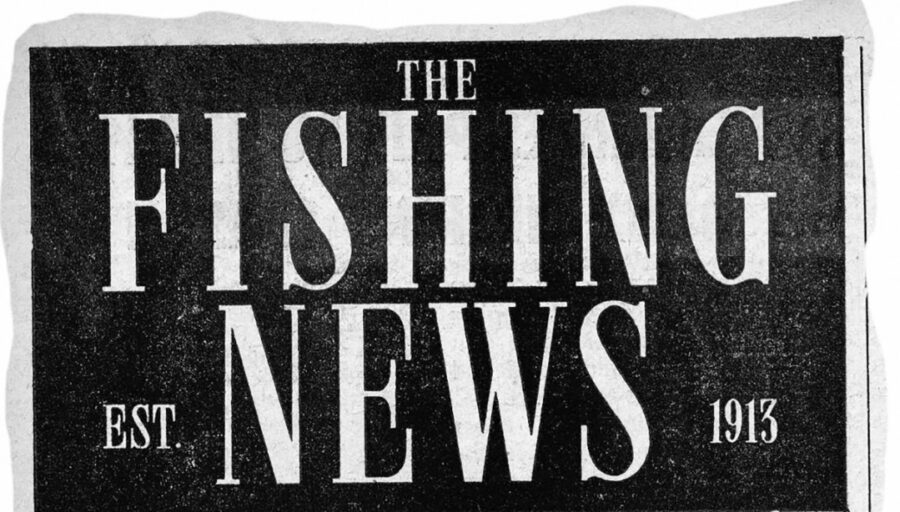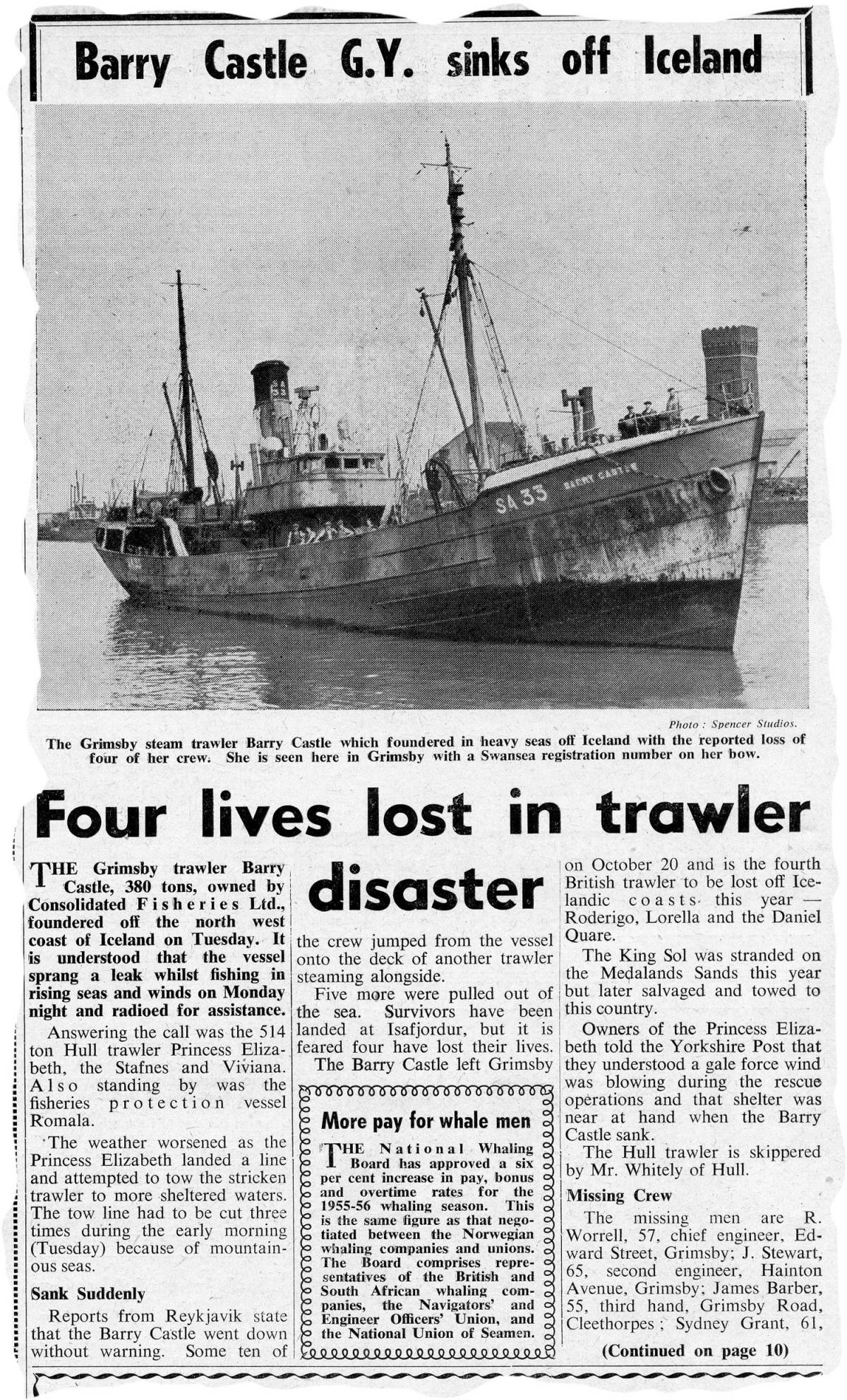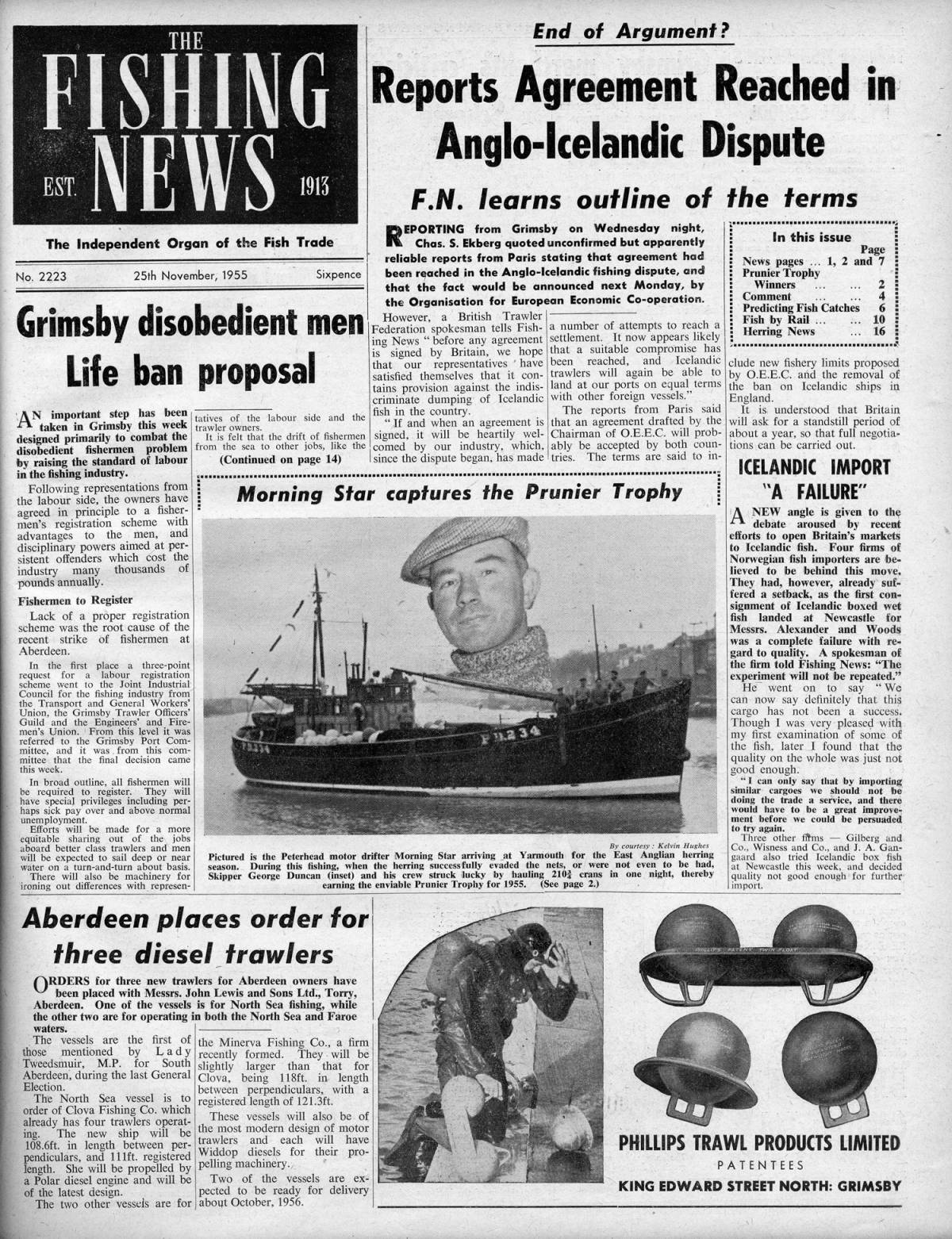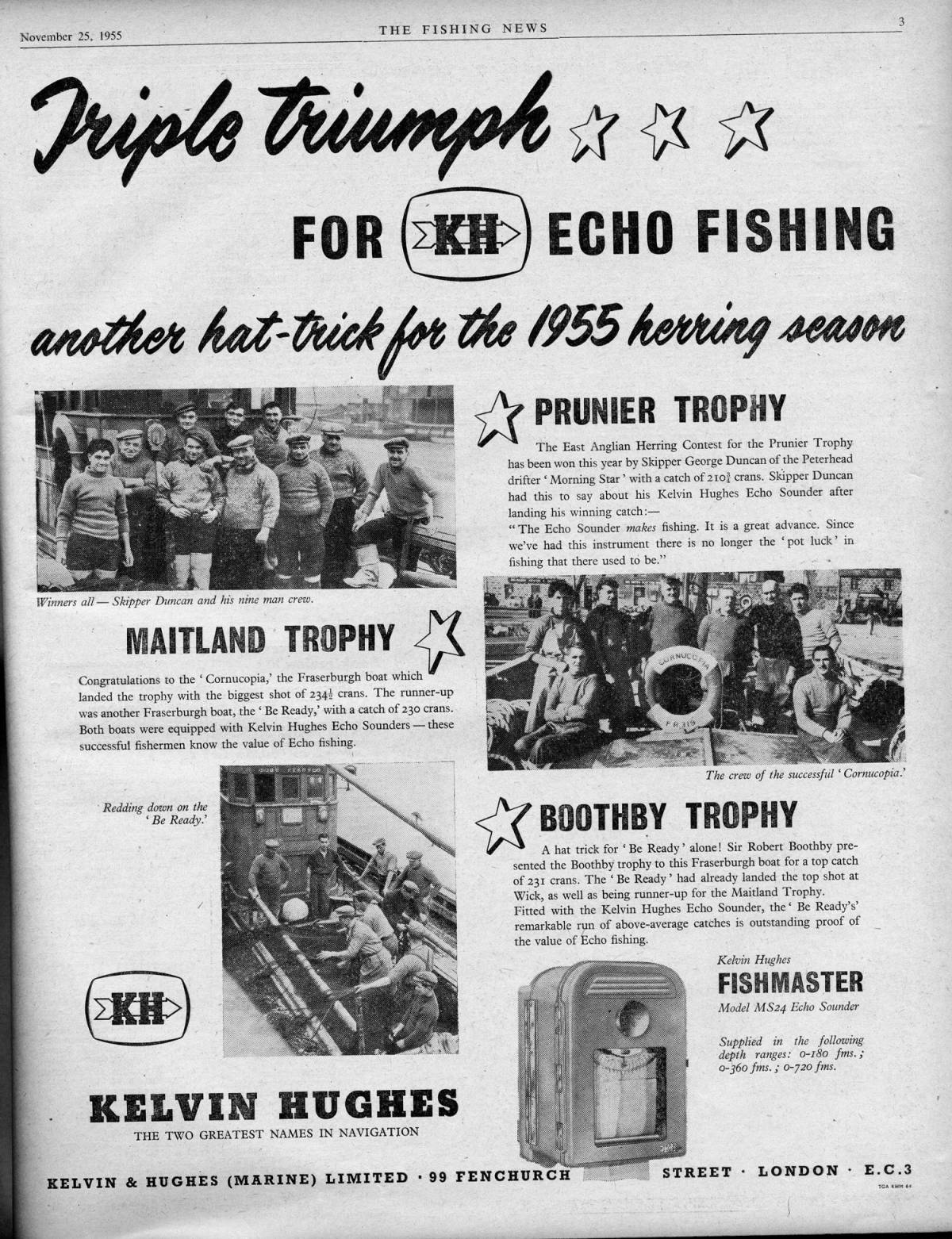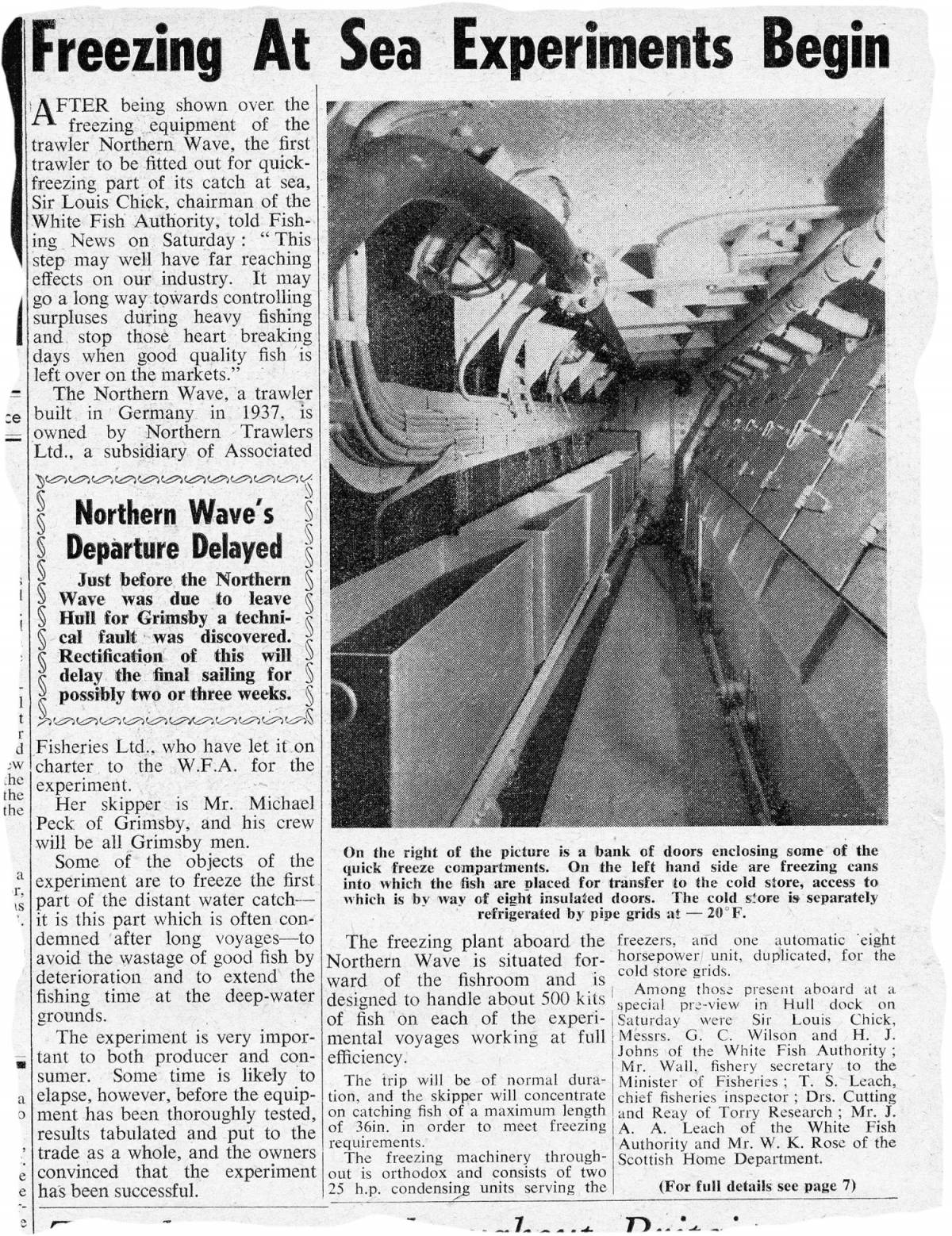In 1955, an American icon was created by dying a violent death, while another burst, very much alive, onto the world stage. On September 30 James Dean crashed and died in his Porsche 550 Spyder in California and the following month the first footage of Elvis Presley was seen by a world unaware it was about to witness the creation of the teenager. Britain had been six months out of rationing after the Second World War and West Germany was recognised as a sovereign nation. Ruth Ellis became the last British woman to be hanged and the first edition of the Guinness Book of Records was published, along with Nabokov’s controversial novel Lolita; Cardiff was named as the capital of Wales and the American quiz show The $64,000 Question was aired for the first time; the word game Scrabble was invented and 15-year old African American Claudette Colvin refused to give up her bus seat to a white woman in Montgomery, Alabama. She was carried off the bus backwards, while being kicked and handcuffed by the police. Scientist Albert Einstein died, while actors Rowan Atkinson and Kevin Costner, former West Ham manager Avram Grant, cricketer Ian Botham, and Microsoft founder Bill Gates all came into the world.
We were still in the era when smoking was deemed a healthy, recreational habit, with some manufacturers telling us it warded off colds. The once very famous Player’s Navy Cut cigarettes were advertised in magazines with a drawing of a young couple at the seaside, apparently in the middle of painting a boat. He is lighting her cigarette and the ad says: “Whatever the pleasure Player’s complete it”. Foreign holidays were still 20 years off. But the World International Open Contest, announced with great fanfare and many column inches, was set to be staged in the Music Room of the Figueroa Hotel in Los Angeles.
In the fishing world, 1,700 Aberdeen trawlermen declared an unofficial strike in support of 100% trade union membership. The resulting shortage of regular supplies on a usually busy Aberdeen fishmarket led to increased demand and higher prices for fish at Peterhead.
Commercial fishing in 1955
The Grimsby-based trawler Northern Wave became the first vessel to be fitted with a quick freezing compartment, in what proved to be a far-reaching move for the British distant water fleet. It was hoped this would go a long way towards controlling surpluses during heavy fishing, and bring an end to the heart-breaking days when good quality fish was left over on markets.
Refrigerated storage of fish came to Grimsby when chilled containers were successfully introduced at the port.
The White Fish Authority approved 119 grants to support owners building new inshore fishing boats – 59 for England, 58 for Scotland and two for Wales.
Britain’s distant water fleet included 273 sidewinders over 140ft in length, representing an insured value of £23 million. The cost of building and fitting out a distant water trawler had risen to £200,000 compared to £30,000 in 1939.
Leading trawler skippers were reported to earn £6,675 a year, of which £5,500 came from share money. Mates earned around £4,000, deck hands £1,100 and galley boys £225.
Extensive on-off negotiations through the Organisation for European Economic Co-Operation in Paris, to try to find a settlement of the dispute regarding fishing limits unilaterally imposed by Iceland against all comers, failed to find a solution.
New builds in 1955 included the 52ft anchor seiners Niels Risager WA 47 and Yvonne Y Risager WA 48 for Fleetwood, the Lossiemouth seine netter Endeavour INS 295, Harvest Hope PD, Havilah N 12, Green Pastures N 20, Susitna GY 113, Strathnairn INS 185, Coldstreamer GY 10, Collena FD 20, Constant Friend PD 131, Dick Whittington LT 61, Filby Queen LT 155, Jacinta FD 21, Kingston Turquoise H 50 and Lowestoft Lady LT 247.
Read more from Fishing News – including nostalgia, news and features – by visiting our homepage.

